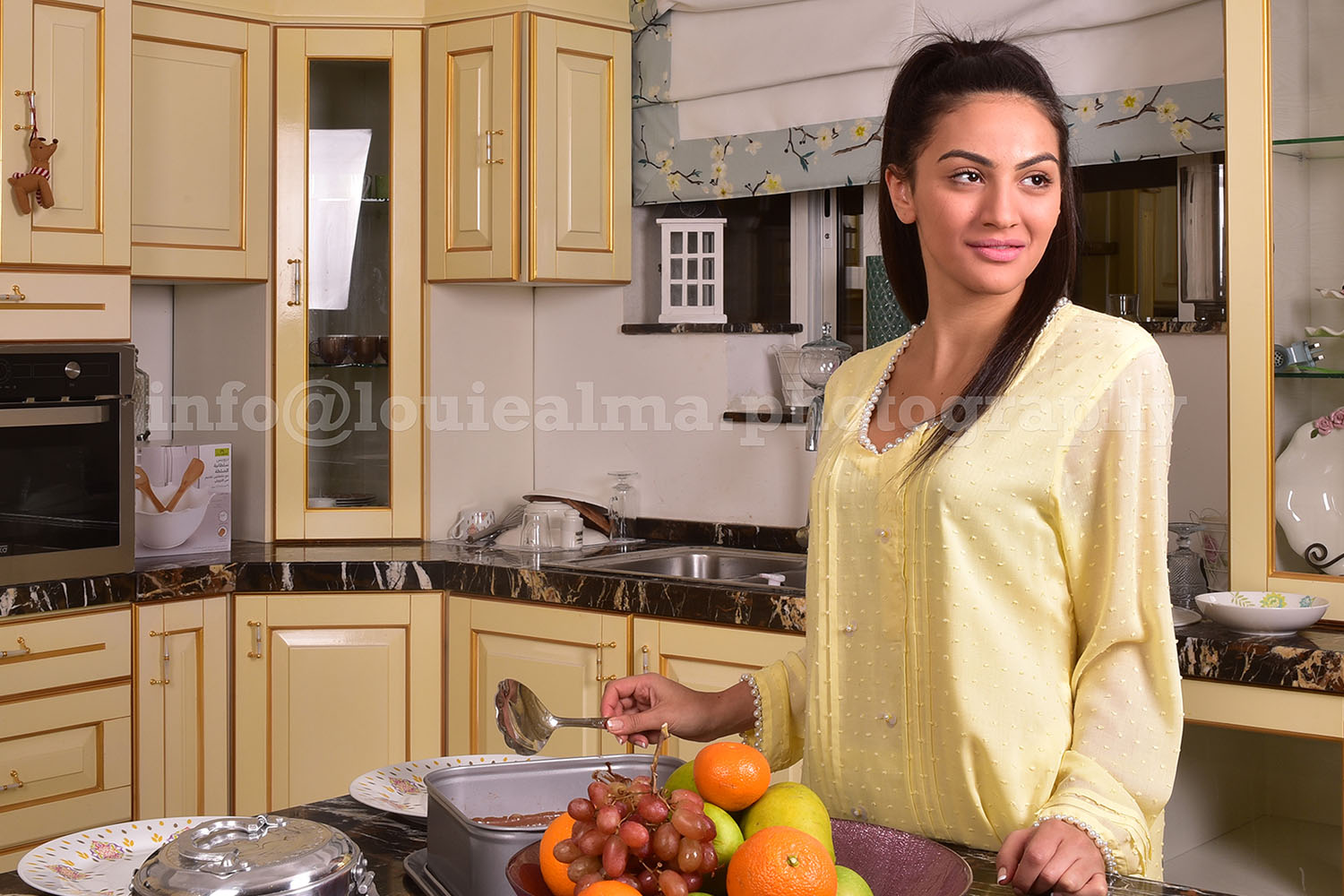Highlights from an Exciting 2022 at Photography Life
Another year is wrapping up, and it was a big one! Our team at Photography Life grew by four talented writers during 2022. Meanwhile, the photography world kept chugging along with new technological developments, especially in artificial intelligence. Here’s how I see the “best of 2022” from my position as the Editor of Photography Life.


















